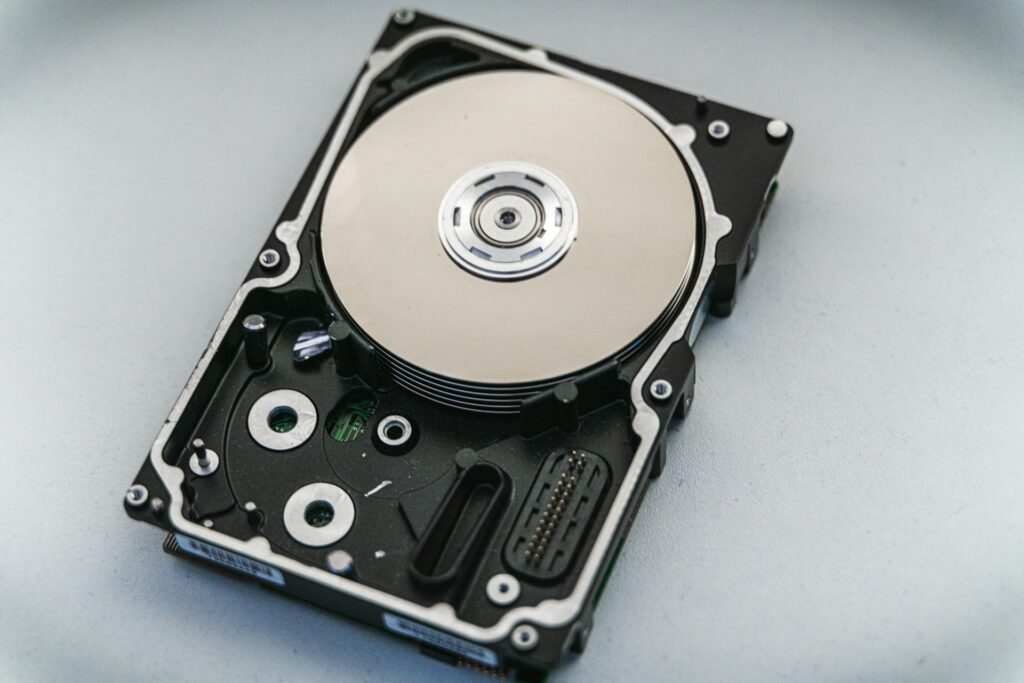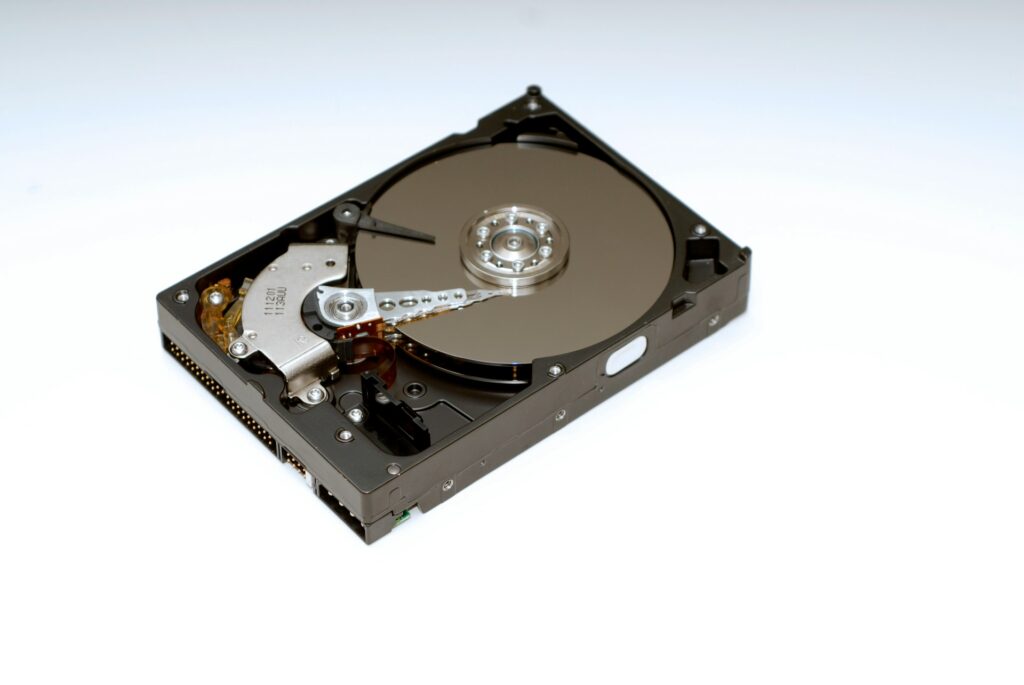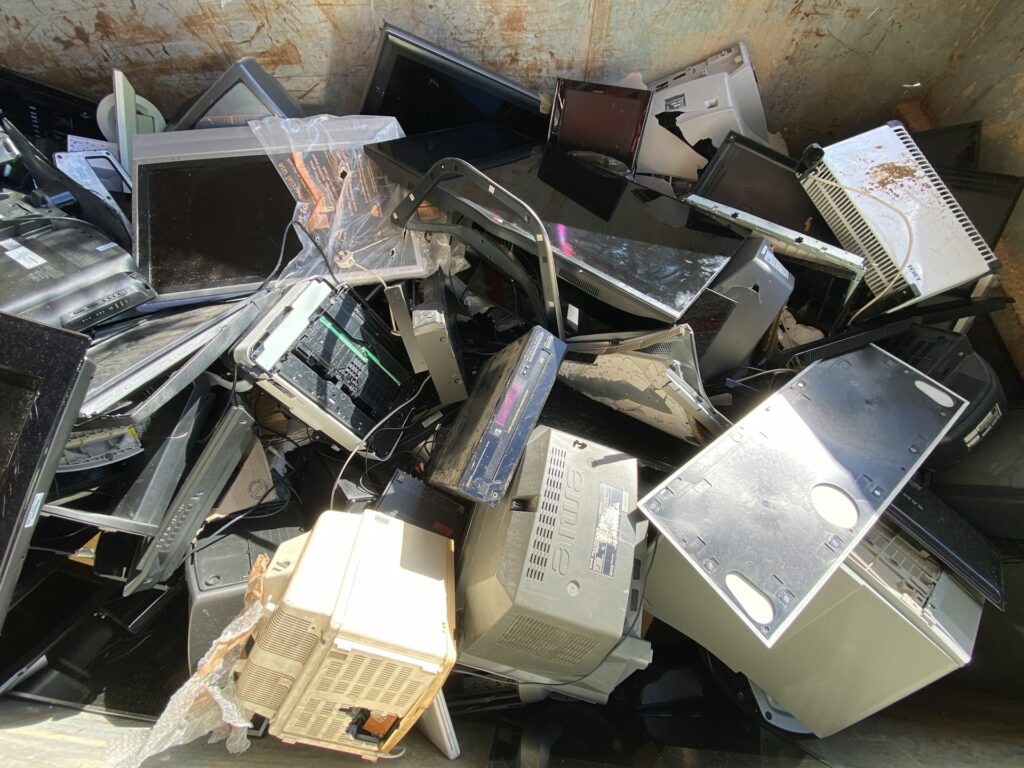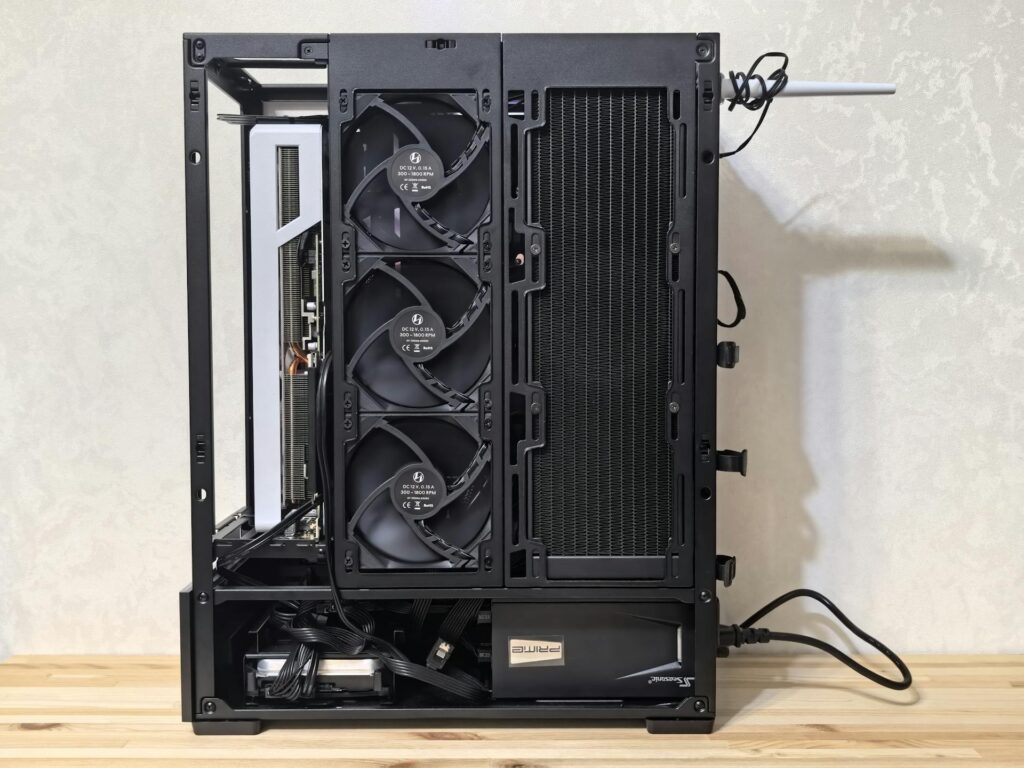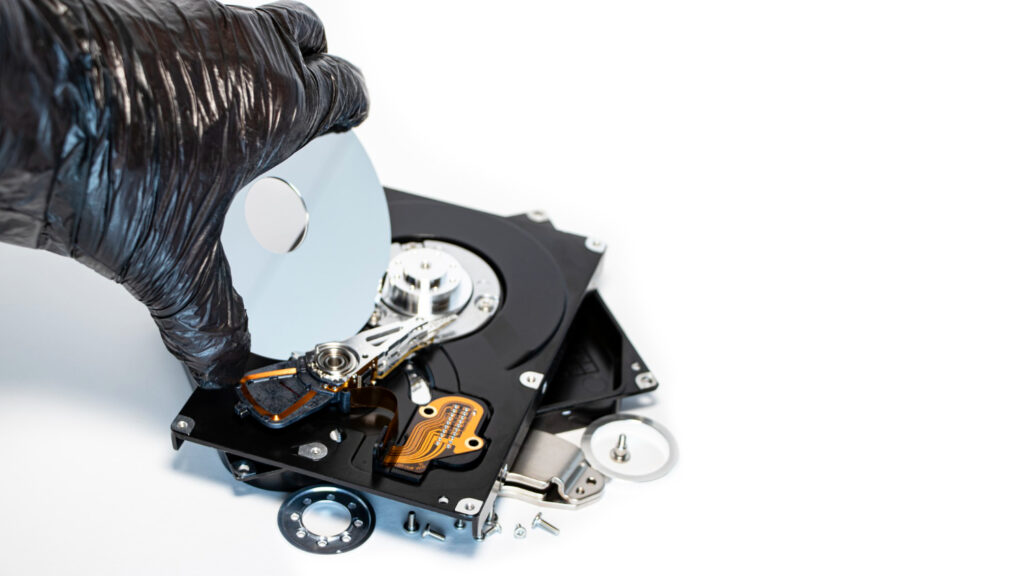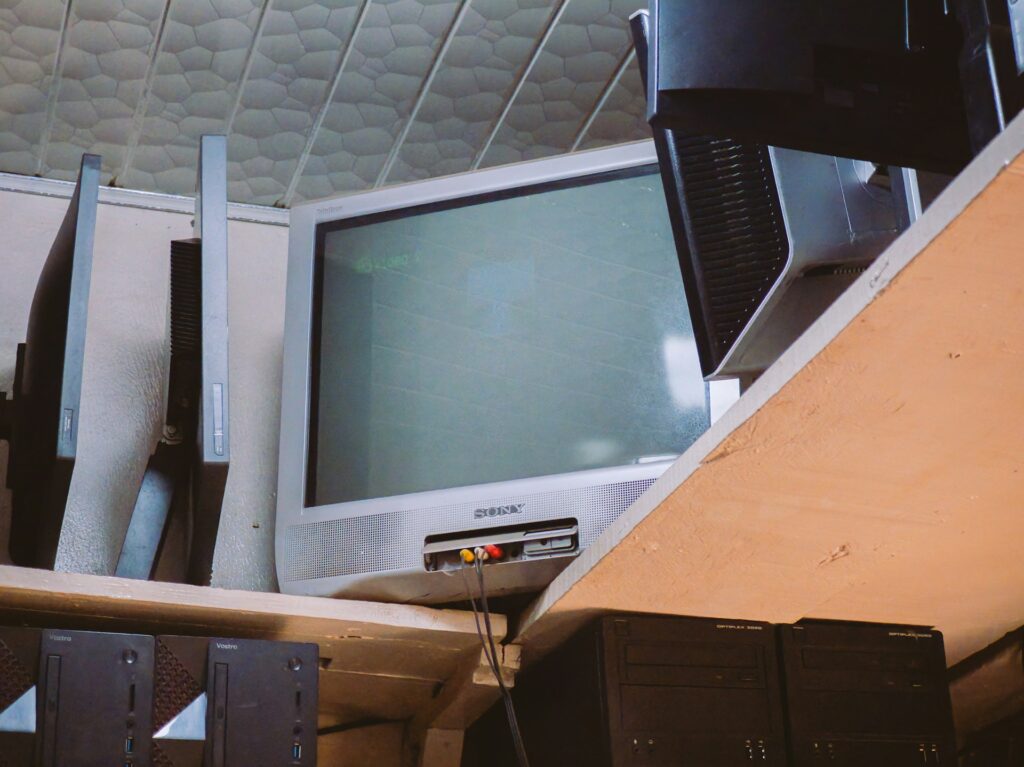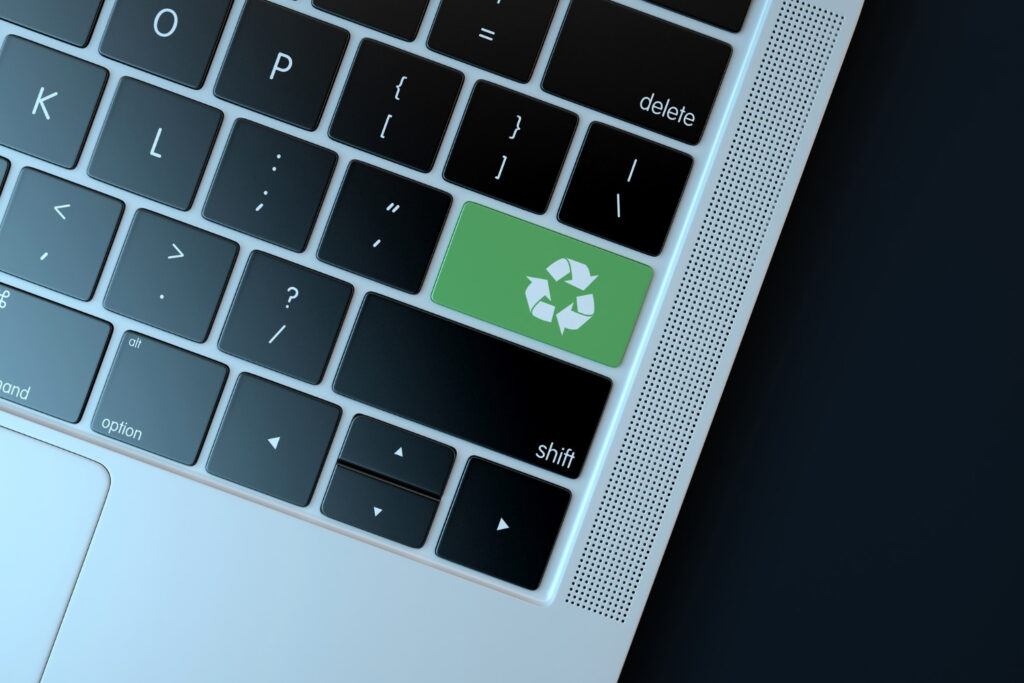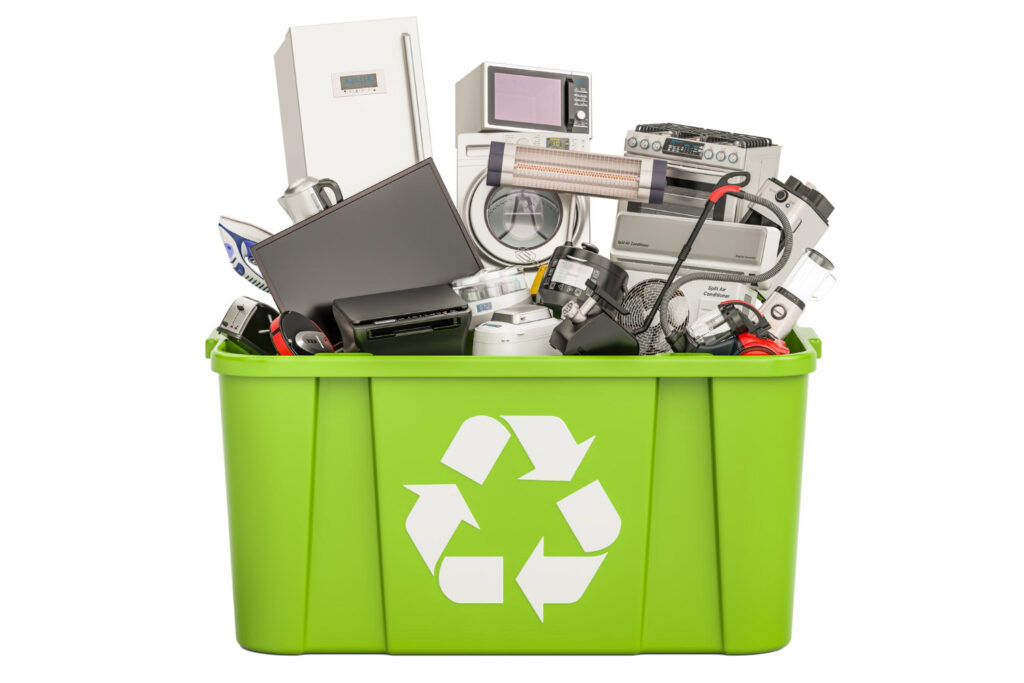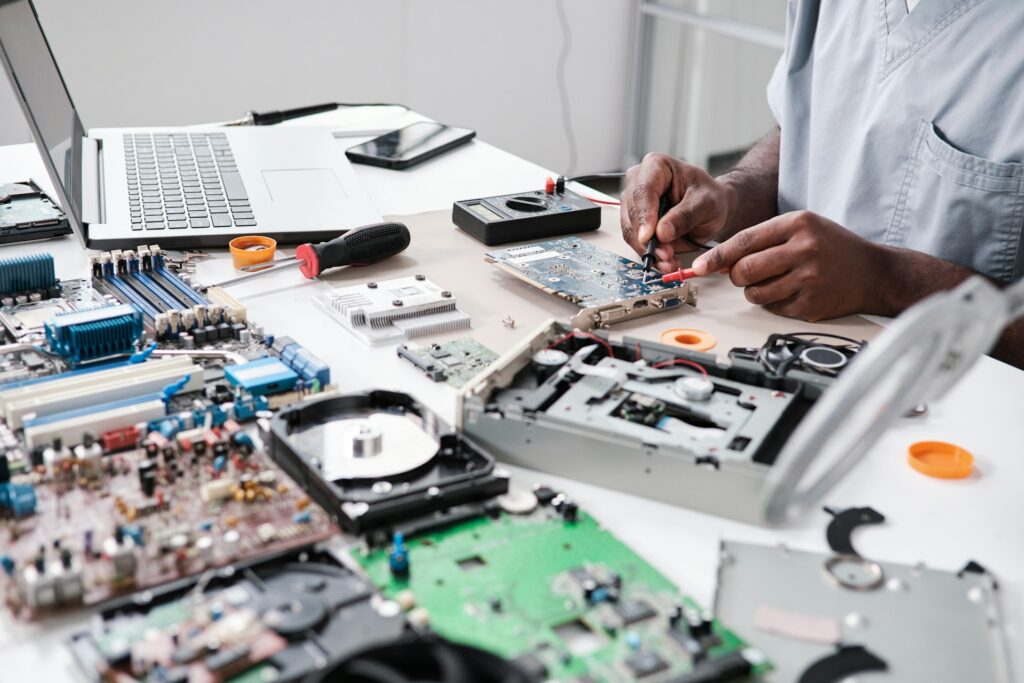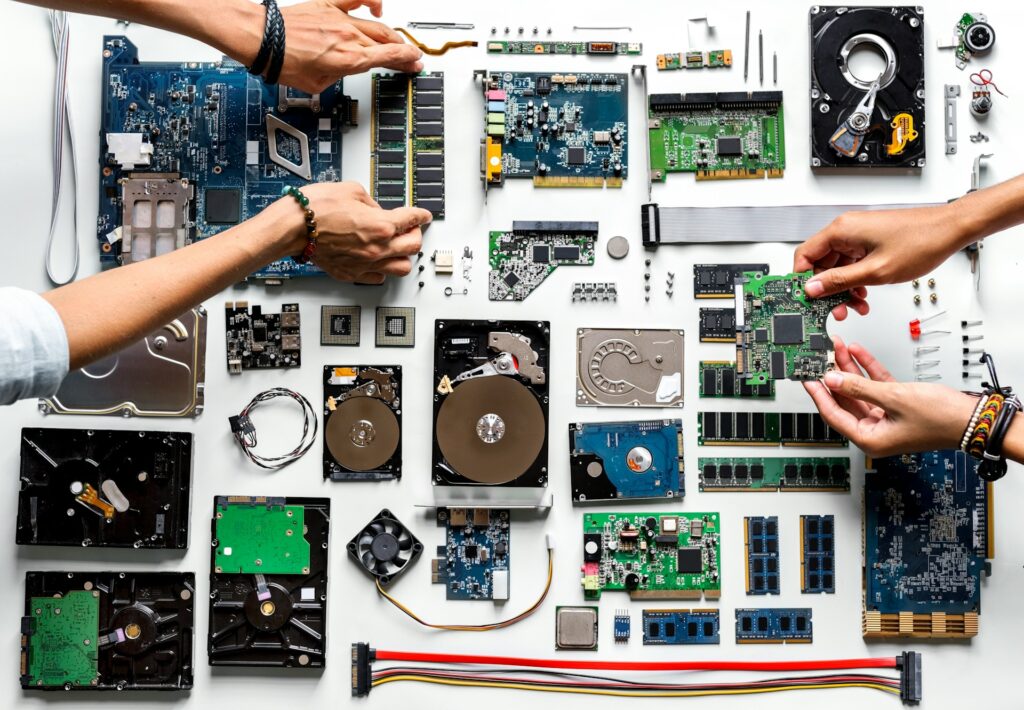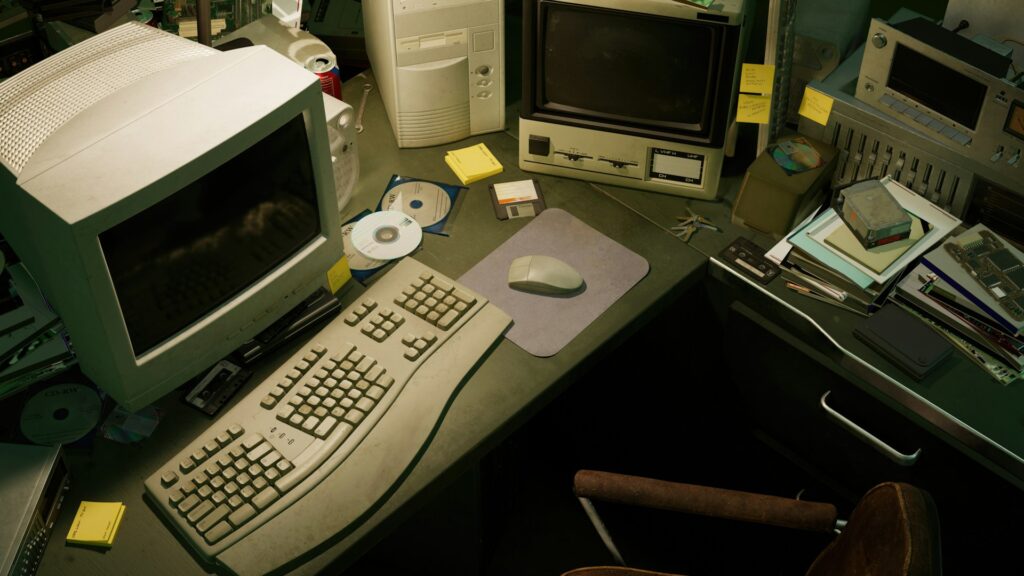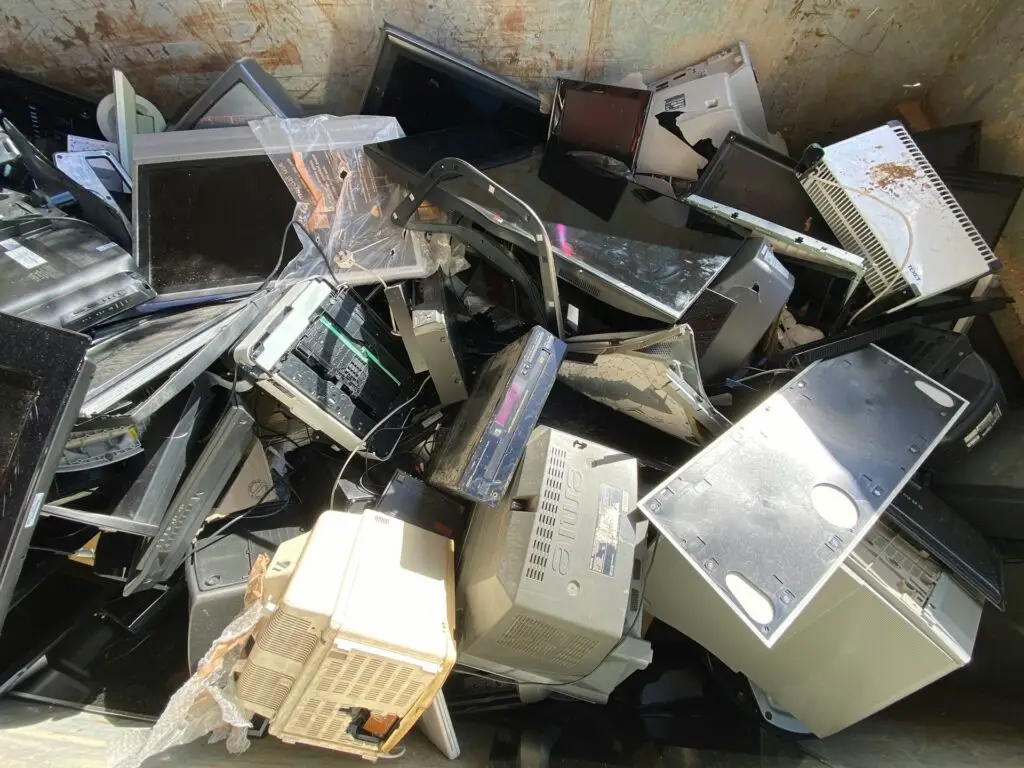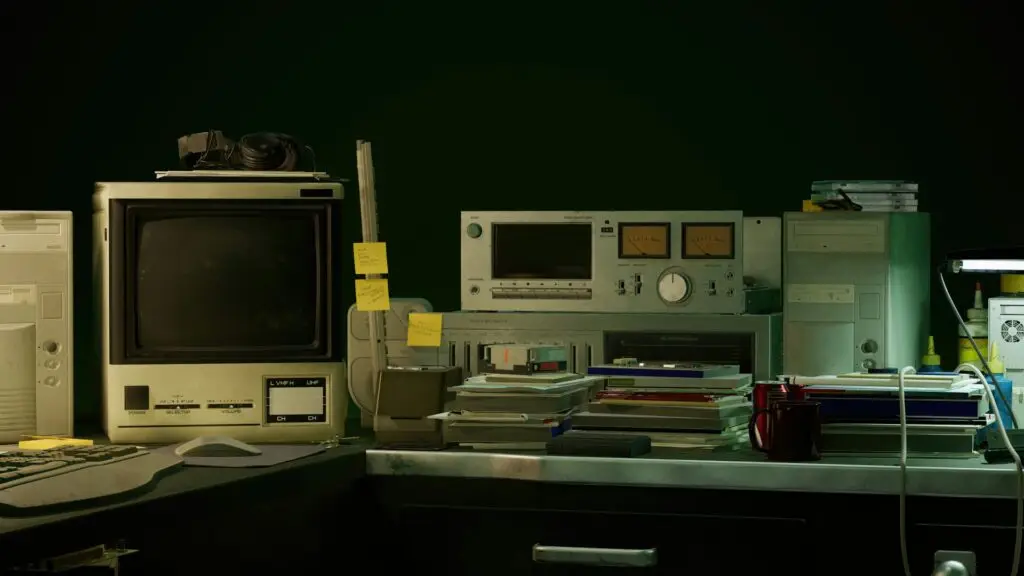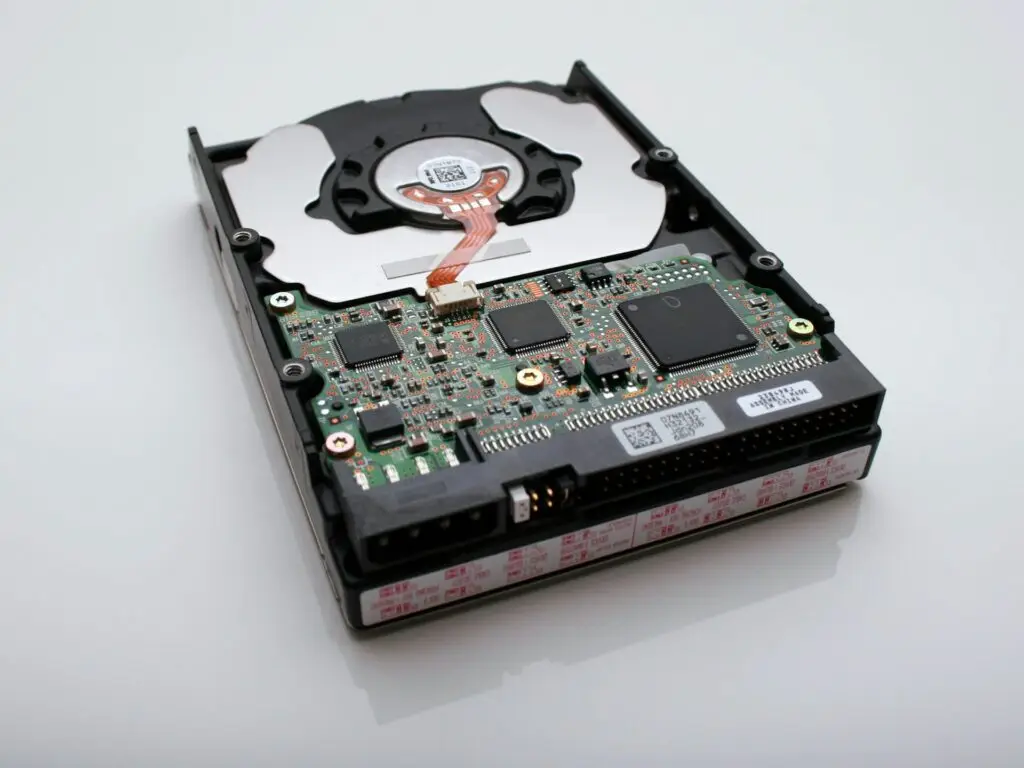Equipment decommissioning is a vital step in managing old or unused electronic devices. Properly dismantling and disposing of electronic equipment not only helps maintain security but also protects the environment. As technology evolves, businesses frequently find themselves upgrading equipment, which leads to the need for responsible decommissioning of outdated devices. This process is crucial to prevent potential data breaches and ensure electronic waste is handled safely.
Understanding the process involves several important steps that guarantee safety and efficiency. From planning which items need decommissioning to ensuring no data is recoverable, each stage plays a role in protecting both business interests and the planet. This article will guide you through these steps, highlighting the significance of practices like electronic recycling in Columbia, where eco-friendly methods are prioritized.
Steps for Safe Equipment Decommissioning
1. Assessment and Planning
Before delving into the decommissioning process, it’s important to assess which equipment requires attention. This initial step sets the stage for everything that follows. You’ll need a clear inventory of items, which can help in planning the decommissioning process efficiently. Prioritize devices that are outdated, malfunctioning, or no longer needed. By doing so, you ensure that each piece of equipment is handled adequately without overlooking any critical components.
– Make a list of all devices that need decommissioning.
– Determine the priority based on age, condition, and necessity.
– Plan the timeline for decommissioning each piece.
Planning also involves understanding the specific requirements for each device. For instance, some equipment may require specialized handling due to hazardous components. By preparing in advance, you minimize risks and streamline the decommissioning process, ensuring that resources are used effectively and safely.
2. Data Wiping and Security Measures
Protecting sensitive information is a paramount concern during decommissioning. Once equipment is identified, the next step is securely wiping all data. Data wiping isn’t just about hitting the delete button; it involves using reliable methods to ensure no information can be retrieved from the device. This step is essential to prevent data breaches that could lead to serious security issues for a business.
– Use certified software to erase data completely.
– Verify the data removal to ensure no traces remain.
– Consider physical destruction for storage devices containing extremely sensitive information.
Implementing robust security measures at this stage can protect your business from potential threats. Ensure all personnel handling the data removal process are adequately trained and understand the importance of complete data destruction. By maintaining these standards, you preserve the integrity and confidentiality of your business’s information.
Dismantling and Sorting Components
Once data security measures are complete, the next step involves carefully dismantling the equipment. This isn’t just about breaking things apart; it’s about doing so safely and responsibly. By taking things apart methodically, businesses can separate hazardous materials, such as batteries, from components that can be reused or recycled. This step minimizes safety risks and ensures that each part ends up in the right place.
– Carefully disassemble the equipment to avoid damaging parts.
– Separate hazardous materials for special processing.
– Sort parts into categories: reusable, recyclable, and waste.
Sorting components correctly helps to maximize the potential for recycling and reuse. For example, metals, plastics, and glass often go to different recycling streams where they can be transformed into new products or materials. This careful sorting not only reduces waste but also supports sustainability efforts. It’s a smart practice that takes a little effort but makes a huge difference.
Recycling and Disposal
With dismantled and sorted components, it’s time to focus on recycling and disposal. Proper recycling ensures that materials are diverted from landfills and given a second life. Depending on the region, like Columbia, you might find local facilities that prioritize eco-friendly recycling processes. Participating in these programs supports community efforts to reduce electronic waste.
– Transport sorted materials to a certified recycling facility.
– Follow local guidelines for hazardous waste disposal.
– Ensure recyclable parts are processed according to best practices.
Correct disposal not only has environmental benefits but also helps businesses meet legal requirements. Many areas have regulations mandating the recycling of certain materials, and compliance is key to avoiding penalties. By handling disposal responsibly, companies show their commitment to environmental stewardship and legal duty.
Documentation and Reporting
The final step is to document the entire decommissioning process. Keeping records is beneficial for several reasons. First, it provides proof of compliance with regulations. It’s also useful for internal audits and tracking the success of sustainability initiatives. Documentation may include details like equipment type, serial numbers, and recycling methods used.
– Record all equipment details and the decommissioning process.
– Keep track of disposal methods and recycling partners.
– Ensure the documentation is complete for future reference.
Thorough reporting can reveal insights about a company’s electronic waste practices and help identify areas for improvement. It encourages transparency and accountability, allowing businesses to set and achieve goals for reducing their carbon footprint. This forward-thinking approach not only benefits the company but also contributes positively to the wider community.
The Path to Sustainable Decommissioning
Decommissioning old equipment in a safe way requires careful planning and execution. Every step, from assessment to documentation, plays a part in ensuring that electronic devices are handled responsibly. By prioritizing security and environmental impact, businesses not only protect their interests but also contribute to a healthier planet. Exploring options like electronic recycling in Columbia can maximize these benefits, offering a practical way to manage outdated equipment while supporting local initiatives.
In taking consistent actions towards proper decommissioning, companies show a commitment to sustainability and security. It’s a journey of continuous improvement, where each decision helps create a more sustainable and secure future. As businesses continue to evolve, these practices ensure that they do so with integrity and responsibility.
To make a positive impact on the environment while ensuring your old devices are properly handled, consider the benefits of electronic recycling in Columbia. ReWorx Recycling offers trusted solutions that help businesses dispose of outdated equipment the right way. Support your sustainability goals, stay compliant, and give your electronics a second life through responsible recycling.


